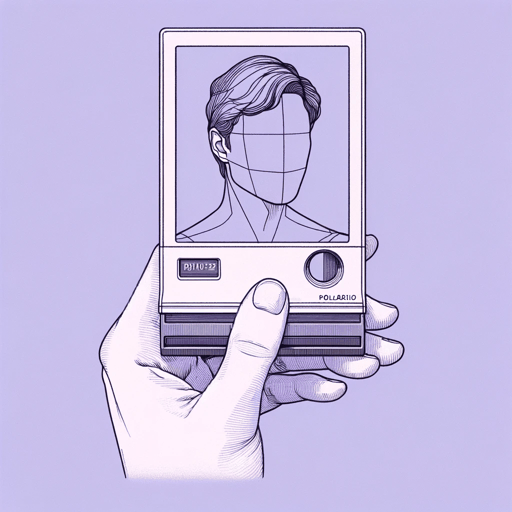53 pages • 1 hour read
Esmé Weijun WangThe Collected Schizophrenias
Nonfiction | Essay Collection | Adult | Published in 2019A modern alternative to SparkNotes and CliffsNotes, SuperSummary offers high-quality Study Guides with detailed chapter summaries and analysis of major themes, characters, and more.
Index of Terms
Bipolar Disorder
Bipolar disorder is a set of mental disorders characterized by symptoms related to severe mood fluctuations, changes in behavior and daily functioning, and energy levels. The most common type is a pendulum-like effect whereby the person with the disorder experiences extremely low periods of mood and energy (depressive phase) contrasted by periods of extremely high mood and energy (known as mania). During the depressive phase, a person may not be able to eat, work, be social, or function at all. During the manic phase, a person may spend excessive amounts of money, engage in risky sexual behavior, or go days without sleeping. The extremeness of the moods and behavior, along with shifts between them, causes exhaustion and frustration.
Wang was diagnosed with bipolar disorder for several years before being diagnosed with schizoaffective disorder. During that time, she was given medications for bipolar disorder and wondered why they were not working for her. It was not until she found the correct doctor, who diagnosed her with schizoaffective disorder and prescribed her antipsychotic medications, that she began to improve. Bipolar disorder and schizoaffective disorder are commonly confused, with the former being more common; both include the possibility of hallucinations and delusions, but the key difference is that schizoaffective disorder includes schizophrenia symptoms like catatonia and disorganized speech.

